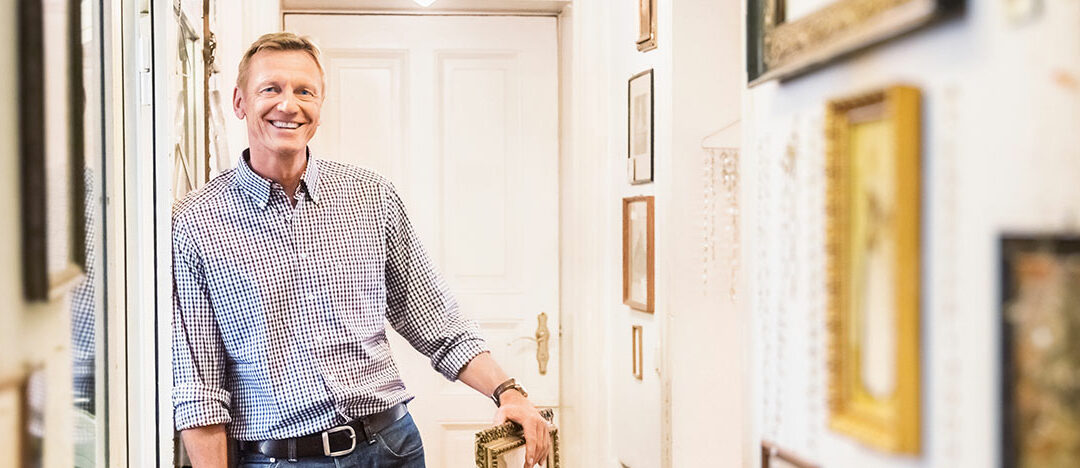Art collecting may seem like a hobby reserved for Manhattanites with private jets and a taste for caviar, but there is a growing trend in the accessibility of the art world. The development of online sellers means anyone with a desire for high-quality art can start a collection. Read on to learn the basics of selecting and purchasing pieces that will bring you joy today and possibly a hefty return in the future.
The first step to starting a collection is defining what you like. Embrace the idea that there is no such thing as “good art”; there is only art that speaks to you and art that doesn’t. Visit museums, galleries, and art shows to explore a wide variety of styles. Talk with curators or the artists themselves and note which themes and mediums evoke an emotional reaction from you.
The next step is to understand the pricing for different types of art.
Originals
An original work of art is the most expensive (and exclusive) type. When you purchase an original, you are the sole owner of that piece of art. Artists must charge more for originals because they can only profit once from that sale. Even if the piece grows greatly in value over the years, the collector, not the artist, profits from that value.
Prints
A print is a reproduction of an original work. Traditional print types include lithographs, engravings, screenprints, linocuts, and woodblock prints. A true print is not one-of-a-kind but is still an original piece of art. Artists often set a limit for the number of prints made from a single piece, which is known as a limited edition. All prints made from a single piece are known as a run. The smaller the run, the higher the value for each piece. For example, if two comparable pieces of art are reproduced in a run of 10 and a run of 200, pieces from the run of 10 will be much more expensive than pieces from the run of 200.
Posters & Reproductions
When a piece is reproduced digitally and without limits, it is a poster or reproduction. This is typically the least expensive way to acquire a piece of art. The lines between posters and prints are being blurred slightly with the advent of electronic reproduction of digital artwork.
When you’re starting out in art collecting, it’s a good idea to begin with reproductions and prints. You can learn what you like and spend some time getting acquainted with which artists and styles you enjoy the most. Spending your entire budget on a single original work right out of the gate may leave you with a piece you aren’t totally in love with and can’t sell.
Once you know what you’re looking for, the fun can begin. While shopping local galleries allows you to see pieces in person, the prices are typically inflated to include a cut for the curators. There are a number of online outlets that allow you to search many different kinds of art from the comfort of your home and buy directly from the artist themselves. For example, Art Star offers a curated selection of prints from artists around the world ranging from $50 to $750. Two-minute documentaries on each of the artists give you the opportunity to connect with artists and gain some insight into their work.
Other popular sites include:
- Little Collector features original contemporary artwork, with themes deriving from childhood.
- Quent Cordair Fine Art, also a physical gallery in Napa, has a very extensive catalogue of artists with painting, drawing and sculpture featuring themes in contemporary Romantic Realism.
- Uprise Art features affordable prints, sculptures, and home accessories. Shop by room to get inspired to bring a more artful look throughout your home.
- Zatista is a premier source for original art offering a range of work with search by style, medium, or price.
It’s a wonderful time to explore this more inclusive world of art collecting. The right piece of art can inspire you, change your mood, reflect your personality, spark conversations, and make a space feel complete. One word of caution: if you are purchasing an expensive piece online, be certain to discuss shipping details with the artist or site administrator. A professional packing and shipping company will determine the optimal way to insure, crate, cushion, pack, and ship a piece of artwork to ensure your investment is protected.
Resources
Introduction to Art Collecting
Collect with Confidence: An Art Buying Guide for Beginners
Collecting Affordable Art

